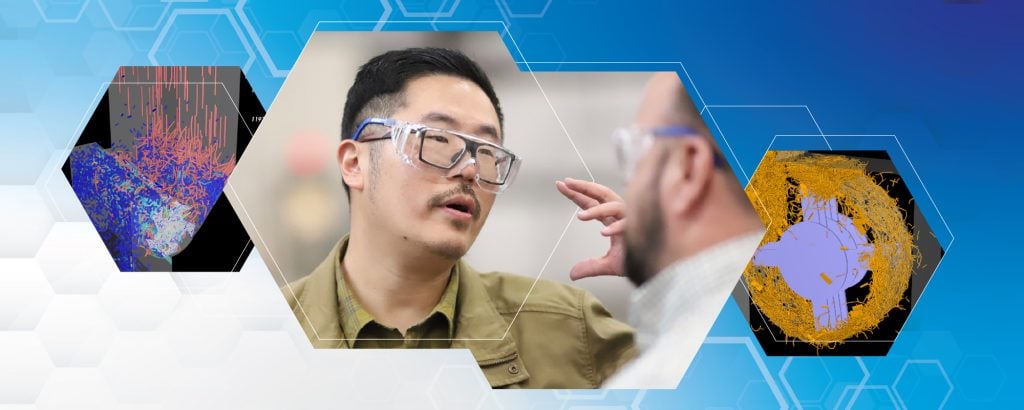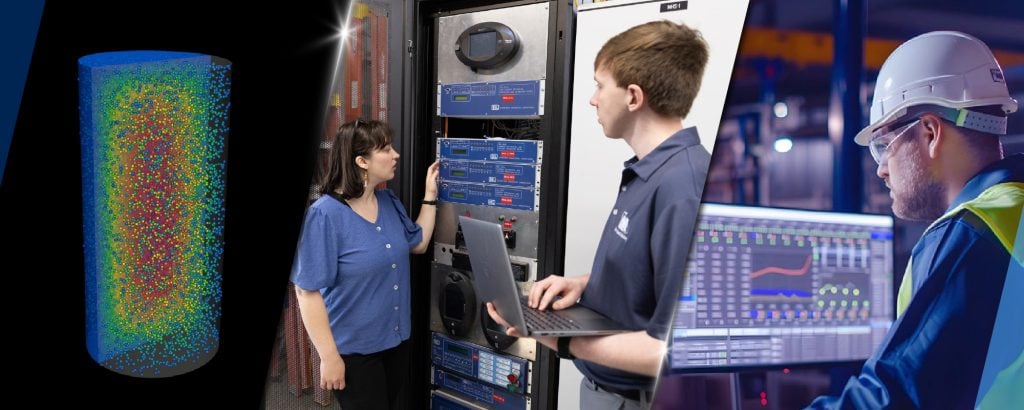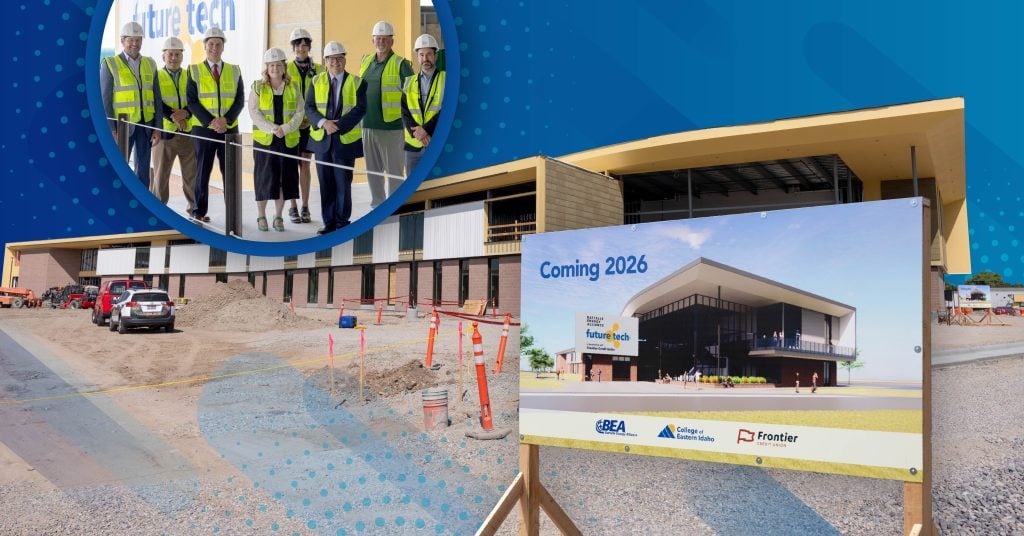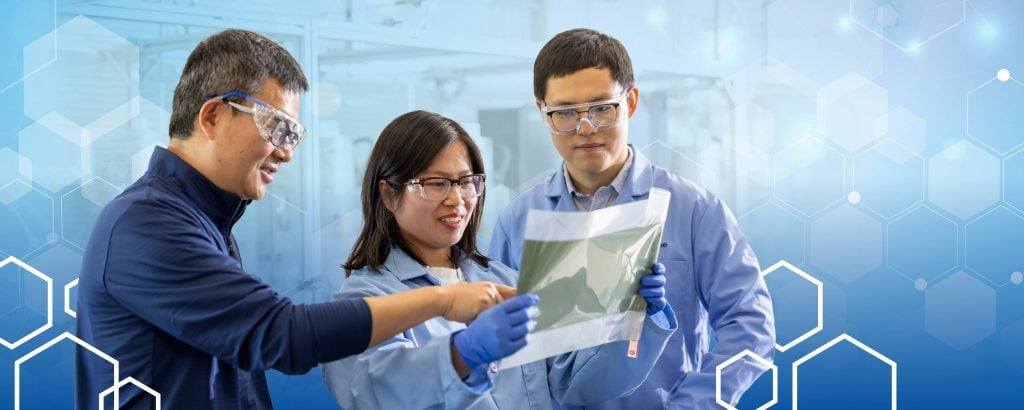Idaho National Laboratory researchers and Idaho State University (ISU) nuclear engineering students developed the world’s first nuclear reactor digital twin — a virtual replica of ISU’s AGN-201 reactor — in a campus collaboration last August.
Digital twins are virtual models of real-life assets, such as complex infrastructure, machines or buildings. By modeling nuclear reactors, digital twins allow researchers to understand how certain changes affect the entire system, without making an irreversible change to the physical reactor itself. Digital twins could save nuclear energy researchers time and money, especially as new, innovative reactors come online.
The AGN-201 digital twin receives real-time data from the actual reactor, then uses machine learning to anticipate its performance. With the digital twin, researchers can interact with the real-world reactor in mixed reality by monitoring data. Someday, digital twins of nuclear reactors could allow operators to control the reactor remotely.

The AGN-201 reactor, which began operating in 1965, produces fewer than five watts of heat and requires no active cooling. The physical reactor has a simple and safe design intended to perform research activities and teach students the practical aspects of nuclear reactor operation.
“The benefits of a nuclear reactor digital twin are enormous,” said Christopher Ritter, INL’s Digital Engineering manager. “Digital twins provide a comprehensive understanding of nuclear fuel cycle facility operations, strengthening nuclear security and nonproliferation efforts.”
Bringing the first digital twin of a nuclear reactor online required more than a dozen tests, significant tenacity and patience from INL researchers and ISU nuclear engineering students.
The project began when INL digital engineer Ryan Stewart, an ISU alum, recommended using the AGN-201 reactor for some of the team’s planned demonstrations. The reactor is an ideal test bed for this project because it is simple compared to commercial power reactors.

ISU students installed data acquisition equipment in the reactor and developed operation scenarios to test the reactor twin — gaining a unique opportunity to take part in cutting edge research. The lab provided much of the digital engineering support, including data acquisition, cloud streaming, machine learning and mixed reality.
The lab’s team presented these results to Secretary of Energy Jennifer Granholm in May 2023. Earlier in the year, the National Nuclear Security Administration listed the project as one of two big Idaho highlights for the coming year.
“It was an honor to have the opportunity to contribute to a project that fabricated the very first digital twin for a nuclear reactor,” said Jaden Palmer, one of the students working on the project.
The Idaho governor’s office, in a statement, congratulated the team on its milestone achievement.
“The partnership between INL and ISU will fuel the next frontier of nuclear energy research and energy independence while offering Idaho students a new, innovative approach to post-secondary education.”





